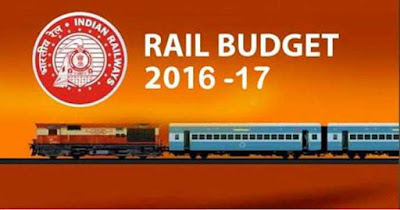The Union Budget 2016-17 touched the ground and
its focus on rural India would go a long way to generate demand in
the economy and give a push to overall growth and development of the country.
The nine pillars of Union Budget viz. Agriculture, rural sector, health sector,
education skills and job creation, infrastructure and investments, financial
sector reforms, governance and ease of business, fiscal discipline, and tax
reform to reduce compliance burden are inspiring and will not only fuel
economic growth but increase India’s competitiveness.
The additional exemption of Rs. 50,000 for
housing loans up to Rs. 35 lakh, provided cost of house is not above Rs. 50
lakh will give a boost to the real estate sector. However, there should not be
any cap on the price of house. It should be open-ended for the house buyers.
Allocation of over Rs. 87,000 crore for rural
development is encouraging as it will increase farmers’ income in the coming
times and fuel rural demand which is the need of the hour. Allocation of Rs.
38,500 crore for MGNREGA will facilitate employment generation in rural areas
and will facilitate all-inclusive growth in the economy. Allocation of Rs
2.87 lakh crore to Gram Panchayats is highly appreciable as it will help in
growth and development at the grassroots of villages. However, the supply
side should also be focussed particularly availability of food items should be
ensured as demand is going to increase in the rural segments in the coming
times.
Focus on development of infrastructure through
high allocation of Rs. 2,21,246 crore while capital expenditure of
Rs. 2 lakh crore on railways and roads will lead to creation of state of
the art infrastructure which is much needed for up scaling manufacturing growth
and fuelling economic growth in the coming times. The medium term goal of the
government to abolish permit-raj regime is inspiring as it will fasten
clearances and facilitate ease of doing business. 100% FDI allowed in
marketing of food produce manufactured and processed in India will
give a boost to not only the Food Processing Industry but also Agriculture
sector. It will give a push to Make in India initiative of the
government.






